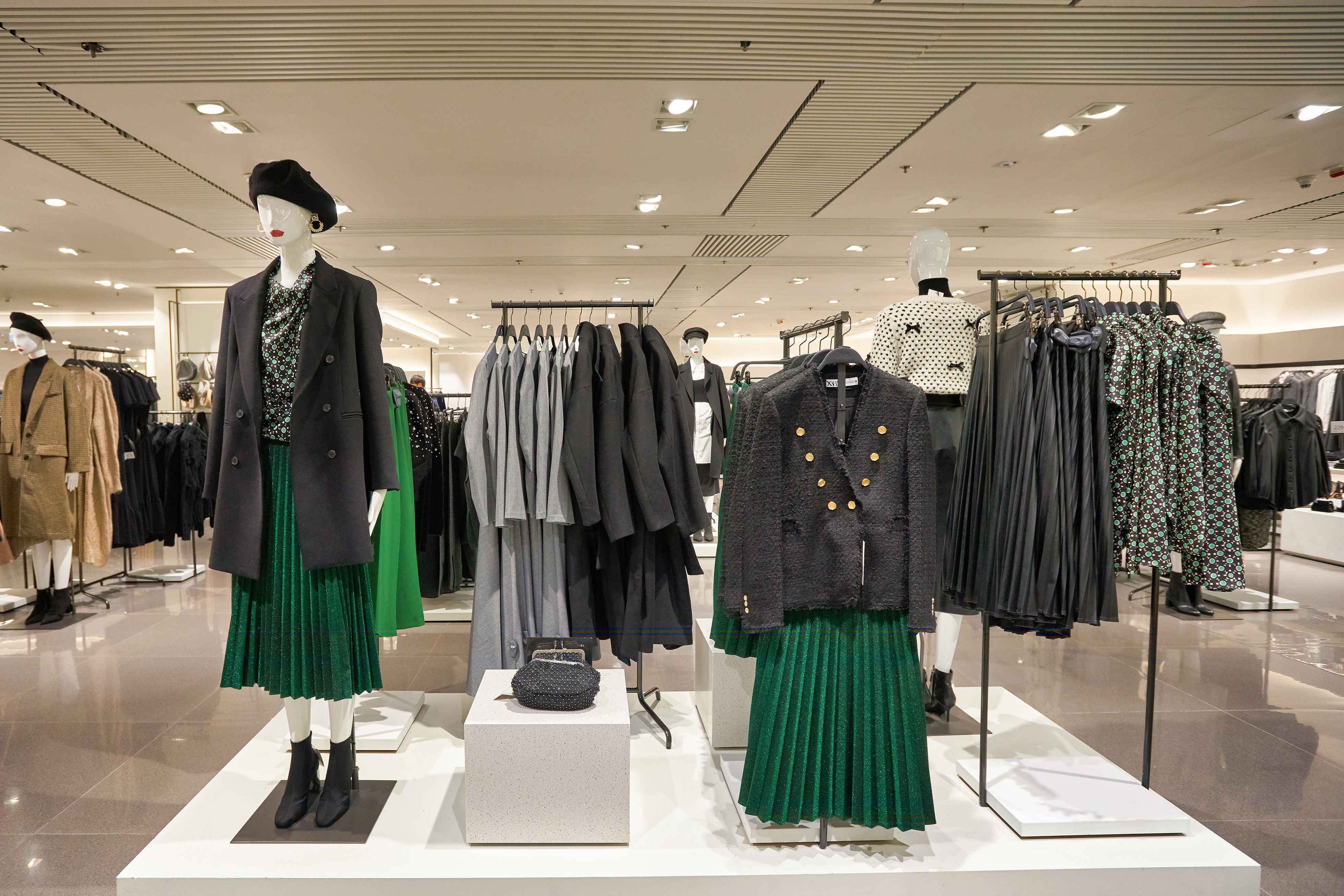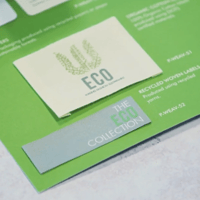Greenwashing in fashion: How to spot it
Greenwashing in the fashion industry - What it means, signs to watch for and how we can avoid doing the same.

More brands are working towards sustainability and minimising their carbon footprint. While others are making the effort, some brands try to ‘look sustainable’ without making any changes to mitigate their environmental impact.
Greenwashing is prevalent in the fashion industry but might not always be obvious. Before we explore greenwashing giveaways, let's look at what greenwashing is.
- What is greenwashing?
- Only switching to eco-friendly packaging
- Introducing sustainable ranges
- Taking up green initiatives
- Setting unrealistic eco-friendly targets
- Championing carbon-offsetting initiatives
- Greenwashing in fashion
What is greenwashing?
Greenwashing is when brands make exaggerated or misleading claims about how environmentally friendly their products or services are, usually to cover a questionable environmental record.
The term ‘greenwashing’ was coined by environmentalist Jay Westerveld in 1986, back when companies flooded media with TV commercials and print ads that made them look greener than they were.
Greenwashing might have evolved in the last decade, but it’s still murky territory. Unfortunately, it’s been prevalent in fast fashion and shows no signs of stopping.
Although these types of brands do their best to greenwash their environmental impact, their lack of impactful effort is becoming clearer every day.
Plus, there’s a lot you can learn to avoid doing the same.
Only switching to eco-friendly packaging
Several brands highlight switching to ‘recycled’ or ‘recyclable’ packaging to show their commitment to reducing waste.
Gestures like these don’t always compensate for destructive production processes that lead to waste and pollution. Switching to eco-friendly packaging is undoubtedly the right move and a great first step in the right direction. But it’s just one small change in an otherwise environmentally hazardous supply chain.
Brands should only claim they're sustainable if the rest of the process matches up to the claims, not just the packaging. It's crucial to ensure sustainability throughout the supply chain, from sourcing to distribution.
Introducing sustainable ranges
Many fast fashion brands resort to creating ‘organic, eco-conscious’ collections that they claim to be sustainable. But this doesn't mean these brands changed their business models overnight for these seemingly sustainable collections.
In most cases, they simply shine a green light on that small portion of their production, hoping that will greenwash brand perception.
Did you know that the equivalent of a rubbish truck full of clothes is dumped on landfill sites every second? Between cheap brands encouraging throwaway culture and transcendent brands urging consumers to reject passing trends and embrace timeless fashion while mass-producing low-quality clothing, a lot goes to waste.
Unless brands work towards making their business ethical or increasing their sustainable offerings to more than half their products, it’s greenwashing.
Taking up green initiatives
A common eco-conscious trend you’ll hear is when a brand reveals its headquarters are becoming greener. Again, while it’s one step in the right direction, it isn’t enough, especially because brands should focus on their supply chain, too. This is where the true impact lies.
Instead of optimising their largest source of carbon emissions, they’re taking up initiatives that aren’t always making a big difference to their sustainability.
Brands should examine their production facilities, transport and shipping methods, and the environmental impacts of material sourcing because these processes account for 70% of the fashion industry’s carbon footprint.
Setting unrealistic eco-friendly targets
Setting targets is a step in the right direction. However, setting unrealistic environmental targets or targets that require little to no effort may not impact sustainability.
Many brands make lofty claims about their sustainability initiatives, but a closer look at the fine print reveals the truth. For instance, 'aiming to reduce energy consumption by 20%’ is great, unless they’ve increased the volume of clothes produced. That means the emissions have increased regardless.
Brands must adopt science-based emissions reduction targets that impact climate change, reducing their carbon footprint. Certifications, statistics, realistic targets, true transparency — all of these make a difference.
Championing carbon-offsetting initiatives
Recently, more companies have been including carbon offsetting in their sustainability strategies.
Carbon offsetting involves investing in environmental projects to balance out greenhouse gas emissions. Carbon offsetting initiatives aim to reduce future carbon emissions by funding projects that show potential.
But there are issues here. These initiatives aren’t doing much to reduce emissions produced today. Brands need to consider what’s happening right now, not only what the long-term plan is as consumers want to purchase from you based on what’s happening now, but also what will happen 10 years from now.
Greenwashing in fashion
Although many brands are embracing initiatives to reduce their carbon footprints and contribution to landfills, some faster-fashion brands are still reported to be greenwashing.
Founded in 2006, Boohoo has grown swiftly to become one of the world’s foremost fast fashion brands. Named one of the least sustainable brands in 2019, this ultra-fast fashion brand sets science-based targets to reduce greenhouse gas emissions generated by its operations and is working towards meeting them.
Although a contributor of textile waste filling landfills, Boohoo is actively reducing the volume of new products added to its website each week by 35%, which is a good start.
Considered the largest retailer in the world, Zara produces a whopping 450 million garments a year. With these production levels, it’s no surprise Zara has been facing greenwashing allegations.
Read more on sustainable fashion
Zara is setting the right targets and making strides in the right direction. For instance, it has transitioned all its stores to renewable energy and introduced Zara Pre-Owned, which now operates in 16 markets. Zara has reached 96% cotton from preferred sources and is working towards improved sustainability across the supply chain.
Despite achieving its ambitious targets, Zara is still a fast fashion brand that drives hyper-consumerism.
You can read more about whether Zara is a sustainable brand in our more detailed post.
Greenwashing is still very prevalent in the fashion industry. But with more awareness and better legislation, sustainability is becoming more than a mirage. That's why it's increasingly important for fashion brands to take sustainability seriously and make impactful efforts to reduce their carbon footprints.
Want to make your brand more sustainable?
Surveys have shown that 53% of consumers are happy to pay a premium for sustainable products. That's why it's increasingly important for brands like yours to focus on sustainability.
We've put together a guide that explores what the industry needs to do to be more sustainable. We'd love to help you get there. To get your free copy, click on the link below.








.jpeg?width=400&height=200&name=5480590b-1a64-4bc1-b6a9-d982cd514f10%20(1).jpeg)
